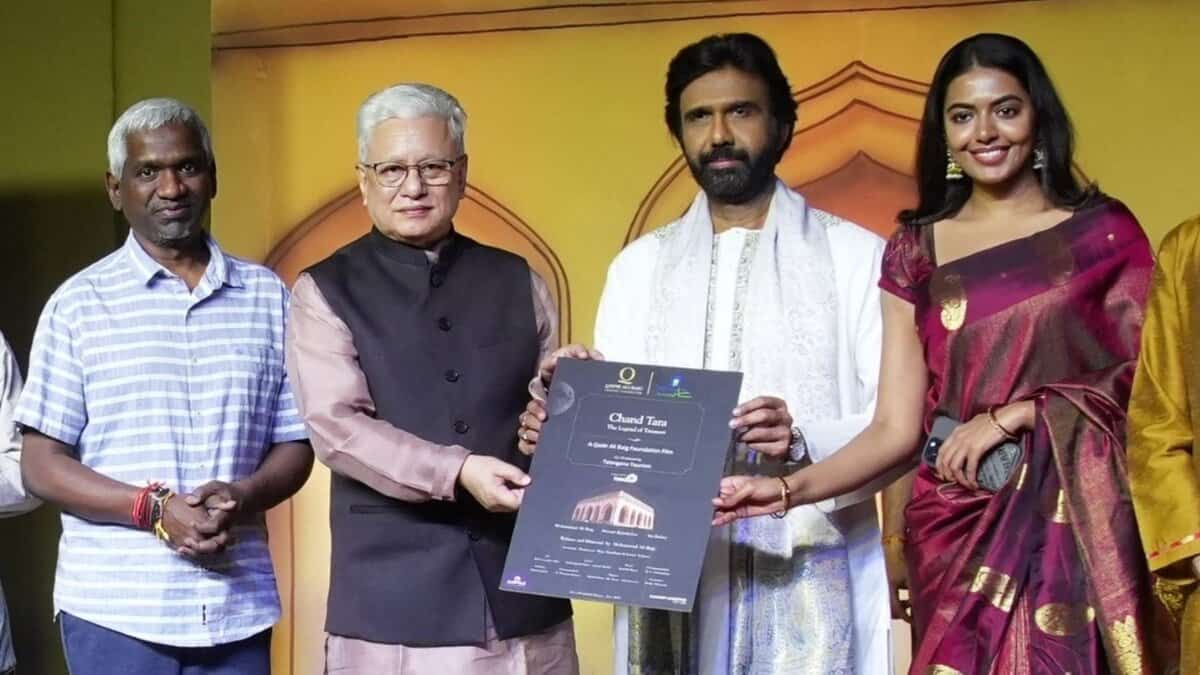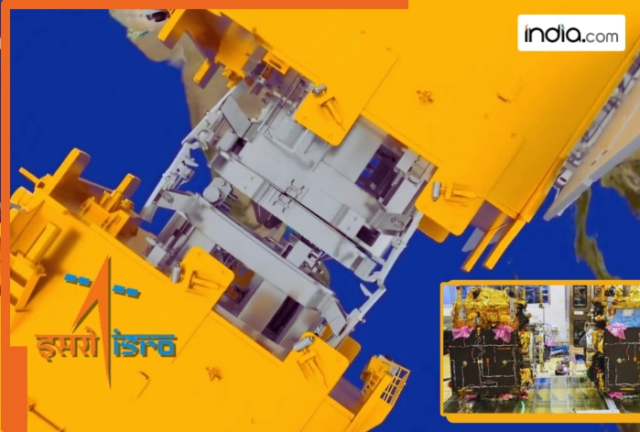In recent times, the Indian Space Research Organisation (ISRO) has been exploring a unique kind of poetry.
A cherished poem about the cosmos and stars is ‘The Peace of Wild Things’, penned by Wendell Berry. In its serene verses, Berry invites us to seek solace in the beauty of nature, encouraging us to embrace the calm and tranquility found in the world around us, even amid life’s chaos and uncertainties.
In recent times, the Indian Space Research Organisation (ISRO) has been exploring a unique kind of poetry. This newly scripted POEM can be seen as a representation of progress in space technology and creativity. POEM is a new platform created by ISRO a few years ago. It highlights ISRO’s innovative spirit as they push the boundaries of what is possible in space exploration.
On December 30, 2024, ISRO successfully launched the PSLV Orbital Experimental Module (POEM-4) as part of its PSLV C60 SpaDeX mission. The main goal of this launch was to test docking technology using two satellites: one acting as the chaser and the other as the target.
The actual docking test is set to occur around January 7, 2025. We will only know if this part of the mission is successful at that time. However, POEM-4, which is part of this mission, has successfully reached its target altitude and is working well. The PSLV is designed to launch multiple payloads into orbit and has a mission plan with four stages. The fourth stage, known as PS4, is the highest stage and is responsible for placing the satellites into their intended orbits.
After its job is done, the PS4 stage remains in space and eventually becomes space debris. The goal was not just to be satisfied with the main mission’s success, but also to make the most of the system’s capabilities.
In the past, there were attempts to use non-separable payloads on the fourth stage of the PSLV, but these experiments could be conducted only for a limited time. Ajay Lele, Deputy Director-General of MP-IDSA in New Delhi, pointed out in his article for Firstpost that the PS4 had basic limitations, such as lacking the ability to generate power and maintain stability. As a result, it was believed that there should be an addition to the PS4 that would allow it to function as a long-lasting orbital platform after the primary mission was completed, according to Lele.
Today, POEM has become an innovative platform that turns the fourth stage of the PSLV into an orbital experiment module once the main mission is finished. It now has essential features, such as power supply, telemetry and command support. With this upgraded POEM, scientists can carry out advanced scientific and technological experiments in space. It supports smooth operation of experiments on board and these experiments can continue for about six months, according to Lele.
It is also giving Indian industry, especially start-ups in the space field and academic institutions, a chance to take advantage of the opportunity that ISRO is providing to test different technologies.
Between 2017 and 2019, ISRO utilized the PS4 for experiments during several launches. PS4 operated for over 10 orbits of Earth after the main mission and functioned as an independent orbital platform, but lacked onboard power generation, limiting its operation time.
During the launch, ISRO made sure that the fourth stage would have its own ability to generate power after a few months. They achieved this by wrapping solar cells around the propellant tank of the PS4. Thrusters were used to enable the PS4 to function as an orbital platform, that is perform tasks in space. Once ISRO confirmed their technical ability to use the PS4 for experiments, they announced opportunities for scientific organizations to conduct in-orbit research on the platform.
The POEM-3 mission (PSLV-C58) was launched on January 1, 2024, carrying nine payloads from such organizations as the Vikram Sarabhai Space Centre (VSSC), the Physical Research Laboratory (PRL), Ahmedabad, academic institutions and space start-ups. After the main launch, which placed satellites into orbits at altitudes of 500-700 km, the PS4 stage was brought down to a circular orbit at 350 kilometres.
According to ISRO, the PS4 is a platform that can control its position in three directions. It has the ability to generate power and send commands and data to support the payloads. Once it reaches the lower altitude, the PS4 completes multiple orbits. Generally, the PS4 is built to last up to six months before re-entering Earth’s atmosphere, where it will burn up due to the intense heat at the edge of space. With this controlled re-entry process, ISRO makes sure that no debris is left in space after the mission, helping keep space safe and sustainable.
In the recent December 30 launch of PSLV-C60, POEM-4 carried a total of 24 payloads. This included 14 payloads from different ISRO research labs and 10 from industry and academia, selected by IN-SPACe.
Adichunchanagiri’s BGS ARPIT: Space Triumph
The BGS ARPIT (Amateur Radio Payload for Information Transmission). payload, developed by students at Adichunchanagiri’s SJC Institute of Technology in Chikkaballapur, is a clever communication device sent to space aboard the PSLV-C60’s POEM-4 module. Operating under the blessings of the late Jagadguru Sri Sri Sri Dr Balagangadharanatha Maha Swamiji and the guidance of Jagadguru Sri Sri Sri Dr Nirmalanandanatha Maha Swamiji, this project has achieved new heights.
It acts like a miniature radio station, capable of transmitting messages—including audio, text and even images—from orbit back down to Earth. It uses common FM radio signals and the VHF band, making it accessible to amateur radio enthusiasts worldwide. This project highlights the ingenuity of Indian students and their growing role in space exploration.
The BGS ARPIT is already a success. On Thursday morning (January 2, 2025), under the continued guidance and blessings of His Holiness Dr Nirmalanandanatha Swamiji, Principal Dr GT Raju and project mentor Assistant Professor Shreehari Harthi was happy to announce that the payload is operational. They confirmed receiving the first successful text message, “Greetings from BGS ARPIT Payload”, along with an image of the payload’s own PCB, directly at the SJCIT ground station, demonstrating its functionality.
(The author of this article is a Defence, Aerospace & Political Analyst based in Bengaluru. He is also Director of ADD Engineering Components, India, Pvt. Ltd, a subsidiary of ADD Engineering GmbH, Germany. You can reach him at: girishlinganna@gmail.com)
Topics

















































